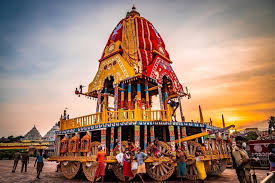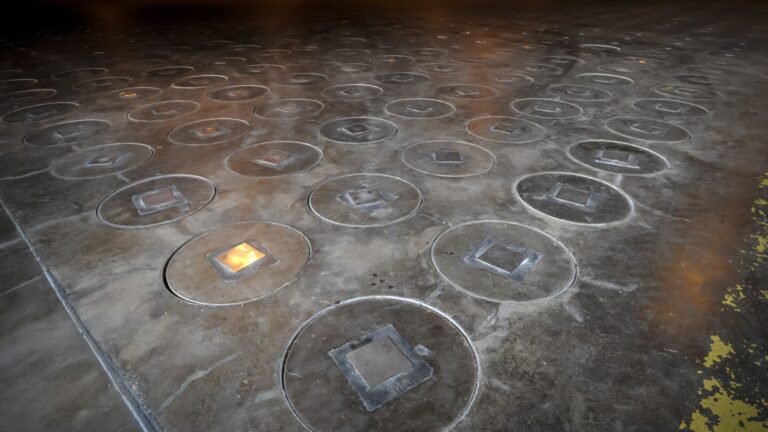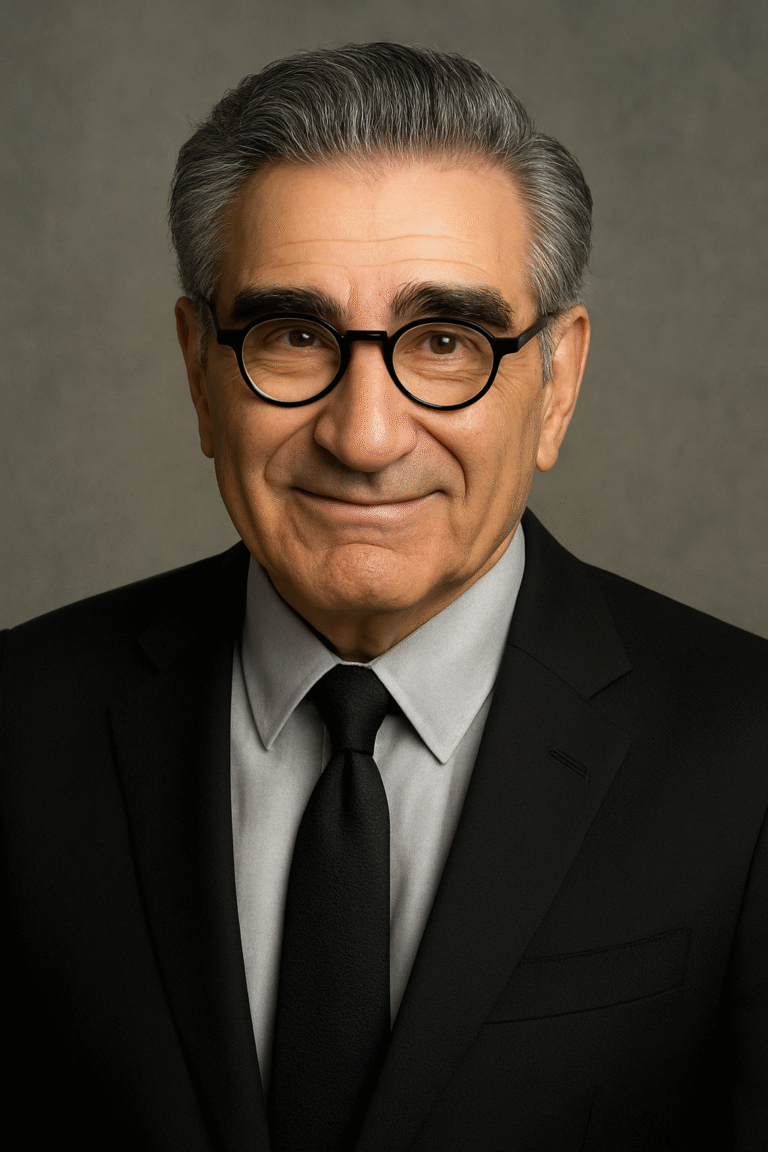Dharmasthala Temple – History, Festivals, Travel Guide & Anna Dana
Dharmasthala – The Spiritual Heart of Karnataka Blending Faith, Service & Heritage
Introduction
Nestled in the lush greenery of Karnataka’s Dakshina Kannada district, Dharmasthala is not just a temple town—it’s a living example of how faith, service, and harmony can co-exist beautifully. Known as the “Abode of Dharma,” this sacred destination is home to the famous Sri Manjunatha Swamy Temple, which attracts millions of devotees every year. But what truly sets Dharmasthala apart is its unique identity—a Shaiva temple administered by a Jain family, with Vaishnava priests performing rituals. It’s a place where spirituality meets social service, tradition embraces modernity, and every visitor is welcomed with love and dignity.

The Unique Identity of Dharmasthala
Most temples in India follow a single tradition, but Dharmasthala is extraordinary. Dedicated to Lord Manjunatha (Shiva), the temple’s rituals are performed by Madhva Vaishnava Brahmin priests, while administration rests with the Jain Heggade (Pergade) family for over 800 years. This rare blend of Shaiva, Vaishnava, and Jain traditions symbolizes religious harmony, making Dharmasthala not just a pilgrimage spot but also a lesson in coexistence.
A Glimpse into History & Legends
The origins of Dharmasthala date back centuries. According to legend, the guardian spirits of the region, the Dharma Daivas, directed Jain chieftain Birmanna Pergade to dedicate his home for the worship of Lord Manjunatha. Since then, the Heggade family has been serving as hereditary trustees or Dharmadhikaris. The present Dharmadhikari, Dr. D. Veerendra Heggade, is highly respected not only as a temple administrator but also as a visionary leader who transformed Dharmasthala into a hub of education, health care, cultural preservation, and rural development through the SDM (Shri Dharmasthala Manjunatheshwara) institutions.
Anna Dana – The Joy of Serving Food
One of the most memorable experiences in Dharmasthala is the Anna Dana (free meal service). Every day, thousands of pilgrims are served wholesome satvik meals at the Annapoorna dining hall. The meals are simple, hygienic, and filled with warmth—reflecting the belief that feeding people is one of the highest forms of service. During peak seasons and festivals, the numbers rise dramatically, yet the system runs with discipline and grace. For many, this community meal is as spiritually uplifting as the darshan of Lord Manjunatha.
Ratnagiri Hill – The Majestic Bahubali Statue
A short distance from the temple stands Ratnagiri Hill, crowned by a stunning 39-foot monolithic statue of Bahubali (Gommateshwara). Installed in 1982, this statue is a symbol of peace, sacrifice, and renunciation in Jain philosophy. The site comes alive during the Mahamastakabhisheka, a grand anointing ceremony held once in 12 years. Watching the massive figure being bathed in milk, turmeric, sandalwood, and flowers is a truly divine experience.

The Cultural Treasure – Manjusha Museum
If you’re a history or culture enthusiast, the Manjusha Museum in Dharmasthala is a must-visit. It houses rare artifacts, ancient manuscripts, traditional masks, coins, and even a stunning collection of vintage cars. Curated with love under the guidance of Dr. Veerendra Heggade, the museum is a window into Karnataka’s rich cultural past.
Festivals of Light and Devotion
Dharmasthala’s calendar is filled with vibrant festivals, the most spectacular being the Laksha Deepotsava (Festival of a Hundred Thousand Lamps). Held every year in November–December, the temple and surroundings glow with thousands of lamps, creating a magical sight. Maha Shivaratri is another major festival celebrated with grandeur, attracting devotees from across India.
Service Beyond Spirituality
Dharmasthala is more than a temple—it’s an institution of service. Under the leadership of the Heggade family, several initiatives have flourished:
-
Education & Health Care: Through the SDM institutions, Dharmasthala runs schools, colleges, professional universities, and hospitals across Karnataka.
-
Rural Development (RUDSETI): Founded in 1982, the Rural Development and Self Employment Training Institute empowers rural youth with skills and entrepreneurship opportunities.
-
Mass Marriages: Every year, Dharmasthala organizes simple, free mass marriages to discourage dowry and reduce financial burdens on families.
This balance of spiritual faith and social responsibility makes Dharmasthala a model for the world.

Frequently Asked Questions (FAQs) about Dharmasthala
1. What is Dharmasthala famous for?
Dharmasthala is famous for the Sri Manjunatha Swamy Temple, free community meals (Anna Dana), the 39-ft Bahubali statue on Ratnagiri Hill, the Laksha Deepotsava festival, and its unique blend of Shaiva, Vaishnava, and Jain traditions.
2. Who manages Dharmasthala Temple?
The temple is administered by the Heggade (Pergade) Jain family for over 800 years. The present Dharmadhikari (administrator) is Dr. D. Veerendra Heggade. Rituals, however, are performed by Madhva Vaishnava Brahmin priests.
3. What is Anna Dana in Dharmasthala?
Anna Dana is the temple’s free food service where thousands of devotees are fed wholesome meals daily at the Annapoorna dining hall. It is considered one of the largest and most organized free meal programs in India.
4. How many people visit Dharmasthala every day?
On average, 10,000–20,000 devotees visit daily. During festivals like Laksha Deepotsava or Maha Shivaratri, the number can cross one lakh (100,000) in a single day.
5. How to reach Dharmasthala?
-
By Air: Nearest airport is Mangaluru International Airport (65 km).
-
By Rail: Nearest station is Mangaluru Junction.
-
By Road: KSRTC and private buses run regularly from Bengaluru, Mysuru, and Mangaluru.
6. What is the best time to visit Dharmasthala?
The temple is open throughout the year, but the best time is during November–February when the weather is pleasant and major festivals like Laksha Deepotsava are celebrated.
7. What is the Bahubali statue in Dharmasthala?
The Bahubali statue on Ratnagiri Hill is a 39-foot monolith representing peace and renunciation in Jain tradition. It was installed in 1982 and is one of the tallest Bahubali statues in Karnataka.
8. Are there accommodation facilities in Dharmasthala?
Yes. The temple trust provides affordable guest houses and lodges, which can be booked online or on arrival. Private hotels are also available nearby.
9. Does Dharmasthala conduct mass marriages?
Yes. Every year, Dharmasthala organizes free mass marriages to promote simple weddings and discourage dowry practices. Thousands of couples have been married through this noble initiative.
10. Is photography allowed inside the temple?
Photography is not permitted inside the main temple premises for spiritual and security reasons, but you can take pictures at places like Ratnagiri Hill and the Manjusha Museum.
How to Plan Your Visit
📍 Location: Dharmasthala is located in Belthangady taluk, Dakshina Kannada, on the banks of the Nethravathi River, about 65–75 km from Mangaluru (Mangalore).
🚆 How to reach:
-
By Air: The nearest airport is Mangaluru International Airport (65 km).
-
By Train: Mangaluru railway station is the closest major stop.
-
By Road: Well-connected by KSRTC and private buses from Mangaluru, Bengaluru, and Mysuru.
🏨 Accommodation: The temple trust manages multiple guest houses and provides affordable rooms. Online booking is available, though slots fill up quickly during festival seasons.
🍲 Meals: Don’t miss the free Anna Dana meal at Annapoorna hall—simple, delicious, and soul-satisfying.
🙏 Tips for pilgrims: Dress modestly, respect traditions, and plan extra time if you’re visiting during Laksha Deepotsava or Shivaratri, when the crowds are huge.
Why Dharmasthala is Special
What makes Dharmasthala extraordinary is not just the Sri Manjunatha Temple, but the way it integrates faith, culture, service, and humanity. From feeding lakhs of devotees daily to preserving ancient traditions, from building world-class educational institutions to empowering rural communities, Dharmasthala truly embodies the meaning of “Dharma”—righteousness expressed through action.
Whether you are a devotee seeking divine blessings, a traveler curious about Karnataka’s cultural richness, or a pilgrim who finds peace in service and spirituality, Dharmasthala welcomes you with open arms and a warm meal.







